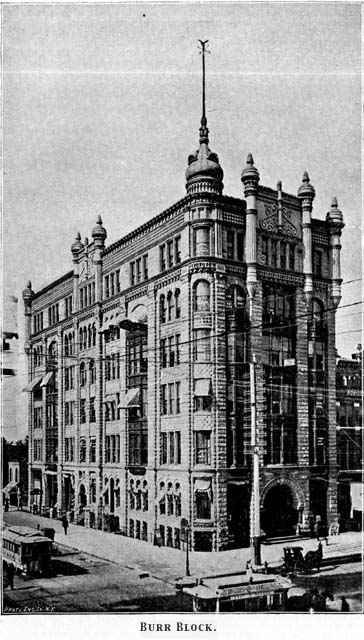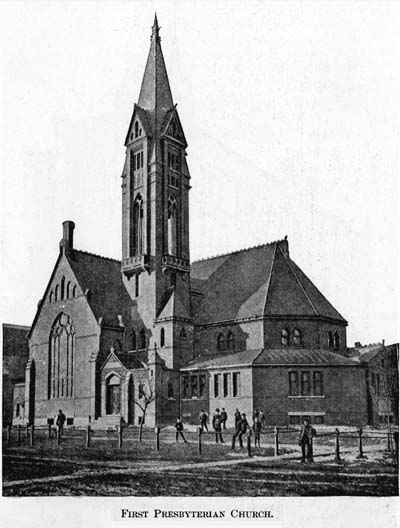|
LINCOLN
|
213
|

| 214 |
NEBRASKA'S ENTERPRISING CITIES.
|
|
LINCOLN
|
213
|

| 214 |
NEBRASKA'S ENTERPRISING CITIES.
|
Since its first settlement this county has been celebrated for the adaptation of its deep soil to the raising of small grain, the growth of grass making it excellent for pasturage. To the west and north of its corporate limits lies the vast salt producing region of the State, along whose valley, from which it receives its name, runs Salt Creek. There are a vast number of salt basins, ranging from a quarter of an acre to 500 acres in superficial area, where veins of salt water well up to the surface, forming rivulets which discharge themselves into the streams.
Within a radius of ten miles abundant quantities of dark brown and reddish sandstone fossiliferous and magnesian limestone have been opened, which, together with brick clay afford ample material for building purposes.

The physical geography of the county, south of the Platte, always made it apparent that in the vicinity of the "Big Basin." which is about 500 acres in extent, a great commercial center must eventually exist.
When the State was admitted into the Union in 1867, the legislature. which met in special session soon after, was unanimously in favor of selecting a site for the capital which would become the railroad center of the State. Lincoln has proven to be a wise choice on every other basis except that of being the geographical center.
At the time of the location of the capital here, the site (then known as Lancaster) had three stores, four residences and a log-house on it; also the walls of a stone building which had been used as a school but had burned
|
© 2002 for the NEGenWeb Project by Pam Rietsch, Ted & Carole Miller |
||